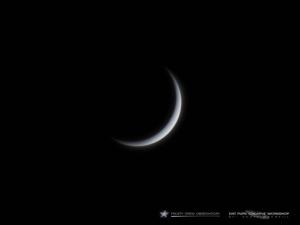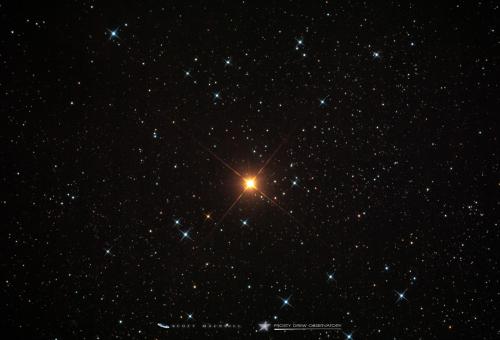
Stargazing Nights
- Where:
- Frosty Drew Observatory
- When:
- Friday January 6, 2017 at 7:00 p.m.
- Cost:
- $1 Suggested Donation per Person
Tonight is Stargazing Night and the forecast is calling for cloudy conditions with periods of partial clearings. There is much variability in the forecast making it difficult to tell when we will see clearings, if any. Largely it will be a cloudy night with little to no chance of catching telescope views before 9:00 p.m. The 60% waxing gibbous Moon will be with us until 1:27 a.m. and would have offered up good viewing of the cratered lunar surface. With the forecast for cloudy skies alongside the new accumulation of this morning’s snowfall, we are not very optimistic in regards to viewing opportunities tonight.
We will open the Observatory and Sky Theatre at 7:00 p.m. In the Observatory we will remain on stand by as we evaluate sky conditions for viewing opportunities. If skies are overcast, we will be in the Sky Theatre hosting a showcase of celestial objects photographed at Frosty Drew with a commentary and open discussion on general astronomy. If skies remain overcast, we will close up around 9:00 p.m., unless the skies cut us a break. If so, we will pack it in around 11:30 p.m. or until clouds chase us out, whichever comes first. Following us on Twitter (@FrostyDrewOBSY) or Facebook (Facebook) will get you updates from the observatory in what is happening, with a “Closing up” post at the end of the night.
Overall, tonight does not look like the night to be out. Snowy ground conditions and cold temps will make for extreme winter conditions on site. Add in the cloudy forecast and tonight doesn’t present many moments of amazement. We will stick it out for a couple hours and see what happens. Otherwise, catch us on Friday, January 13th for our next night out under the stars.
----------------------
Weekly Happenings
Scott MacNeill
On Thursday, January 12th, Venus will reach greatest eastern elongation. This happens when an inferior planet (a planet closer to the Sun than Earth) reaches the point in the evening sky where it appears the furthest from the Sun. Consequently, this is the best time to view Venus because it will be at its highest declination in the evening sky for the next 584 days. If you have been looking to the evening sky over the past month, you have certainly noticed Venus shining like a bright beacon. Venus is the brightest natural object in the sky aside from the Sun and Moon. In a telescope on January 12th, Venus will sport a 51% waning gibbous phase and appear like a third quarter Moon. Over the next three months, Venus will drop lower with each passing night eventually setting with the Sun on March 25th when it moves in between Earth and the Sun, called inferior conjunction. Catching a view of Venus in the telescope over the next three months will showcase a fabulous view of Venus’ waning phase, eventually arriving at a less than 5% crescent phase, which is strikingly beautiful. So make a point at getting out and celebrating fabulous views of Venus this winter before it leaves our nighttime skies and returns to its role as the morning star.
This past Sunday, New Year’s Day, we had a fabulous night of clear skies with a thin crescent Moon setting early in the night. This allowed us to get out and captured some fabulous views of the night sky. One object of interest is Mu Cepheus – The Garnet Star. Found in the constellation Cepheus, the Garnet Star is a bright red supergiant that resides about 6,000 light years distant from Earth. It is currently #21 on the list of largest known stars and shines about 100,000 times as bright as the Sun. The Garnet Star gets its name from the striking garnet red color the star emits. Being a variable star, at times the Garnet Star is difficult to spot, though it currently is easily visible to the naked eye in the constellation Cepheus and after a brief view, the color becomes quite apparent. We frequently view the Garnet Star at Frosty Drew Observatory this time of the year, so stop in and see it for yourself. Check out our photo of the Garnet Star from Sunday night:
-Scott


